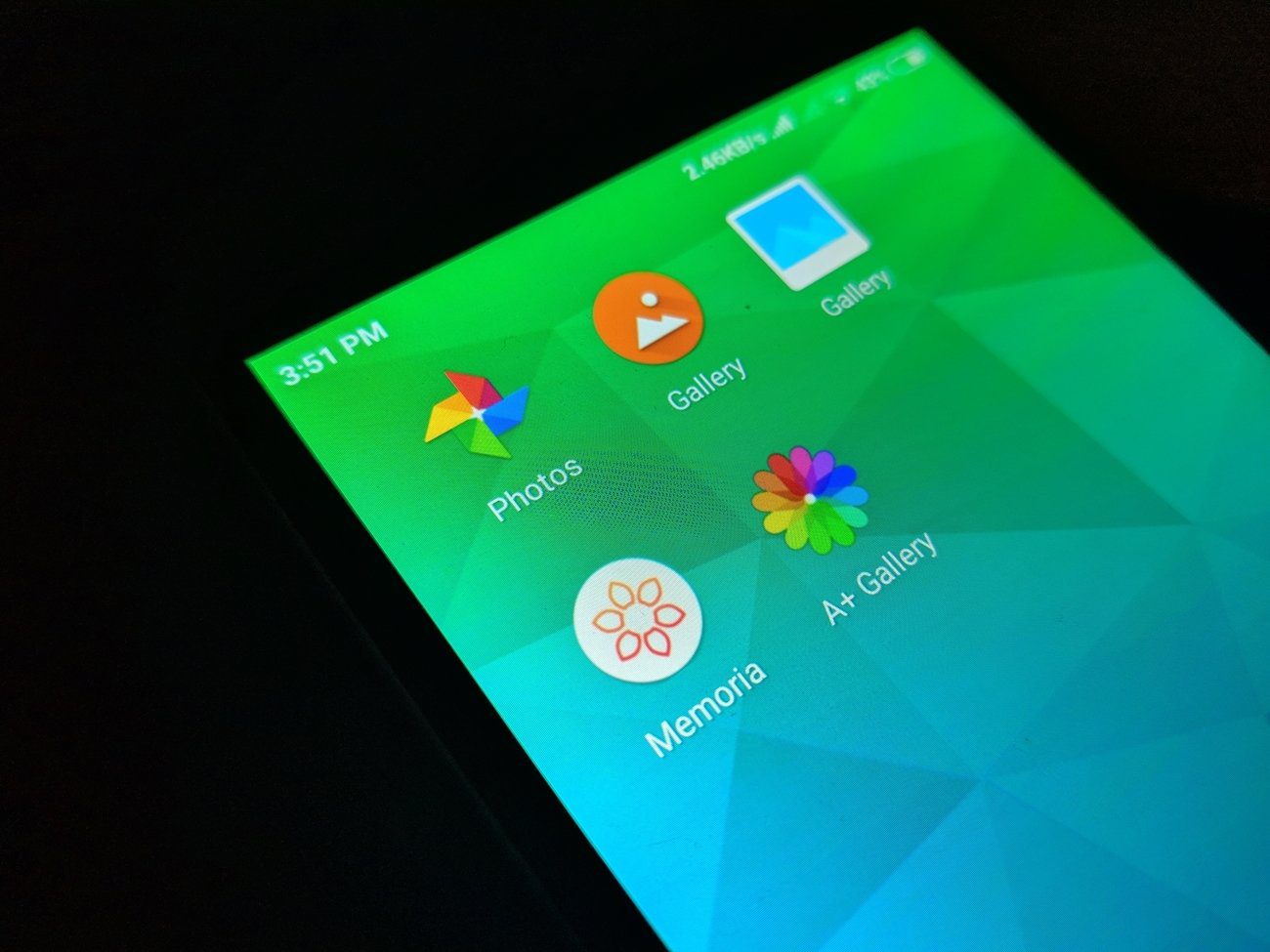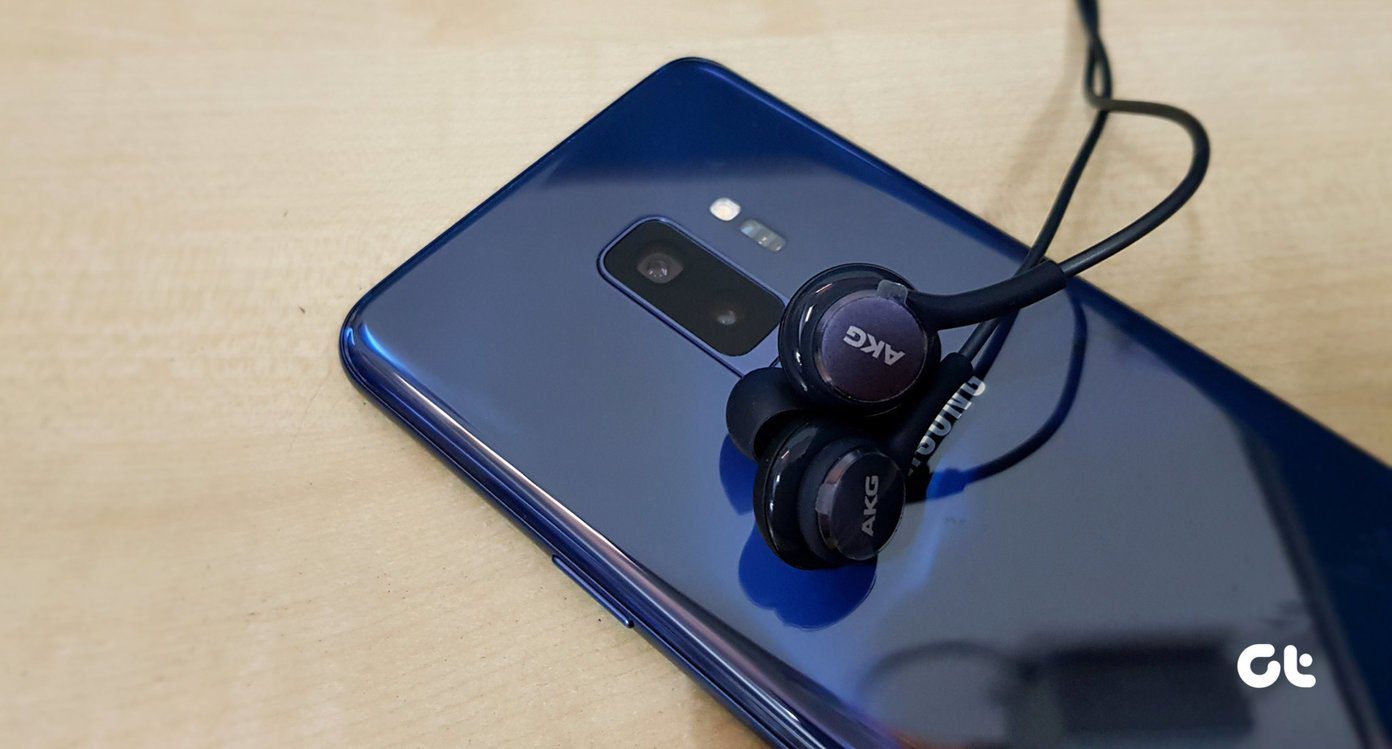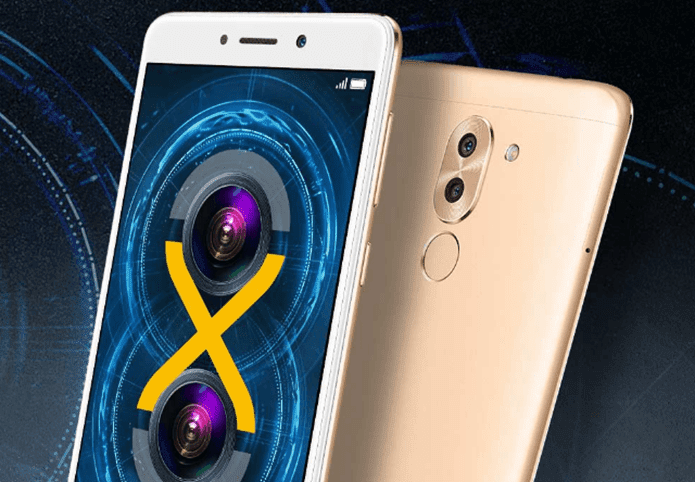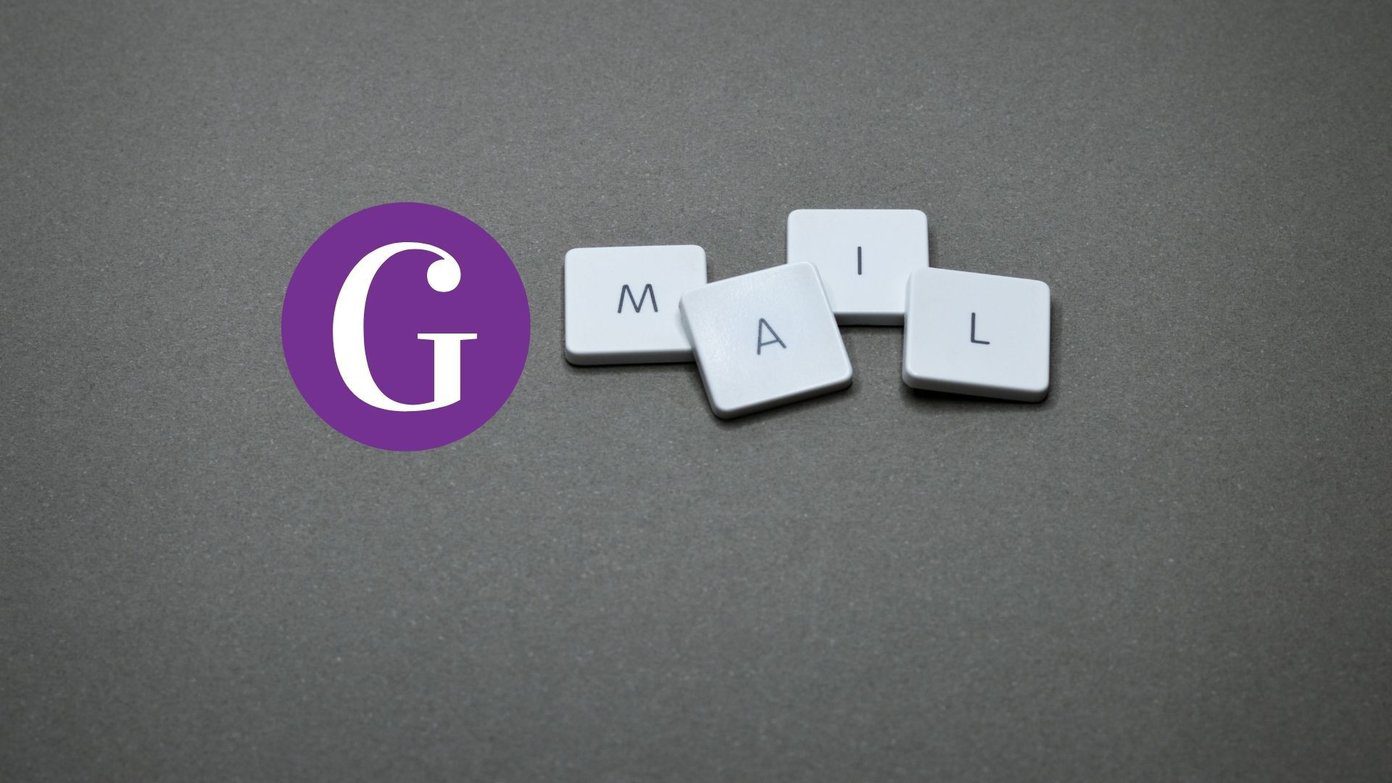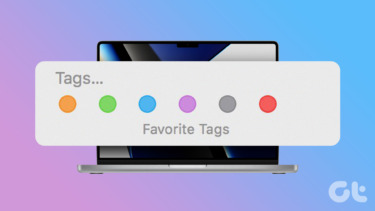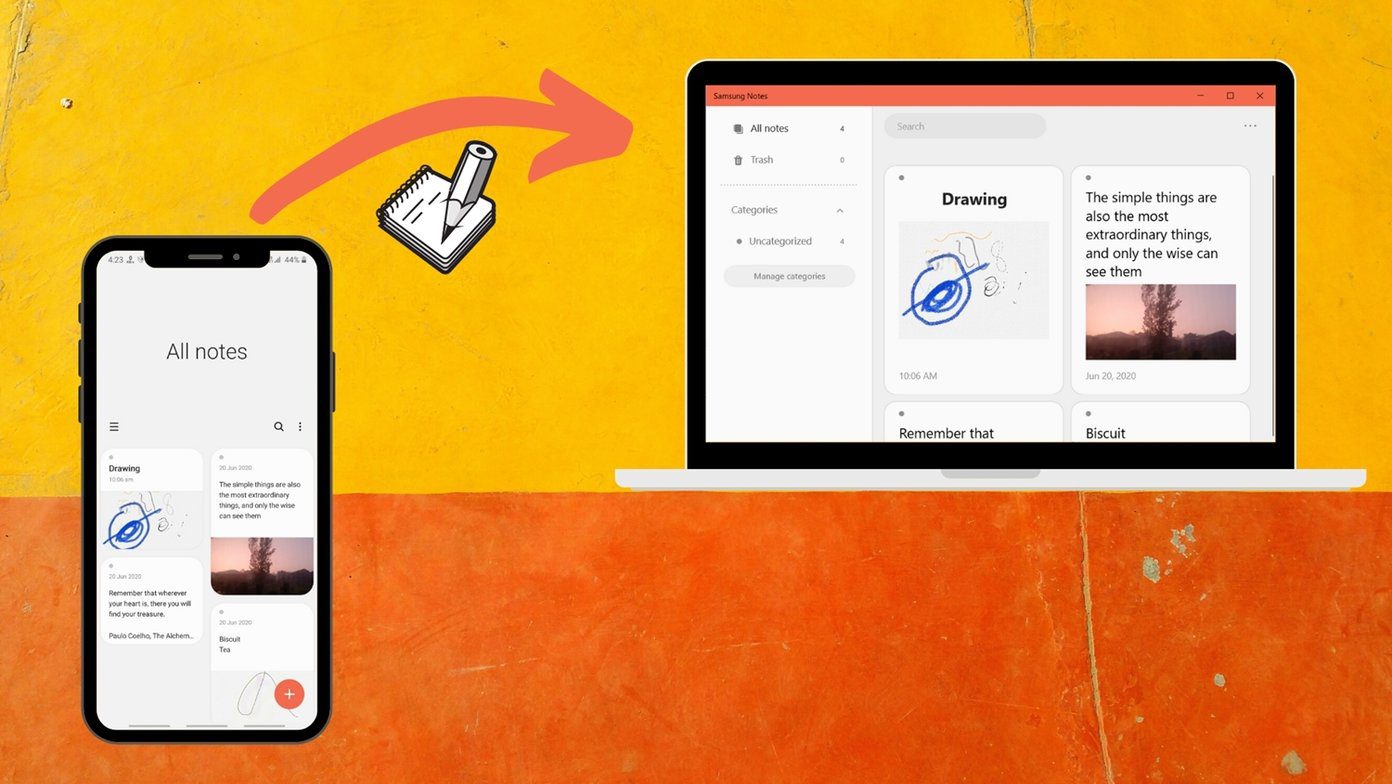Google is leading the pack with the default Google Photos app which comes built-in on every Android device. And Google keeps adding new Machine Learning-based features, its Photos app continues to be one of the top choices as a gallery app. That doesn’t mean other OEMs lack the mettle to compete with Google Photos. Samsung’s recently redesigned gallery app is excellent, even OnePlus integrated a capable photos app. However, Huawei’s latest Gallery app got my attention lately. In this post, we will compare Google Photos to Huawei’s latest Gallery app which comes pre-installed on all Huawei and Honor devices running Android 9.0 Pie.
App Size
Google Photos app size varies with the phone model, and it comes pre-loaded with every Android device. The EMUI 9.0 (Emotion User Interface) bundles the Huawei Gallery app along with other stock apps. The Gallery app on Huawei measures roughly around 40MB or higher (varies by phone model) and isn’t available on the Google Play Store. Download Google Photos for Android
User Interface
Smartphones are getting taller, and it’s often hard to reach at the top to find an option or menu. To address the problem, both Google Photos and Huawei have adopted a bottom menu bar style with their apps. Google Photos features four tabs with default option showcasing the uploaded photos in organized folders with dates. The albums option shows the device folders and arranges the photos based on place, people, videos, and animation. The assistant tab kicks in when there is a relevant automated suggestion for the user, and the sharing tab shows the shared history of pictures and albums. Oh, and there is a hamburger menu as well, which showcases the device account, archive option, recycle bin, and from there one can add a partner account too. Huawei shows the recently added photos on the main tab. You can access device albums and recently deleted images from the Albums tab. Highlights tab reveals the automated videos and photos created by the gallery app without any human intervention. Discover is an interesting option. At the top, you will see pictures organization based on places. The AI effect comes after where the device sorts the images based on details (subject as well as the objects) in it.
AI Capabilities
Both Google Photos and Huawei Gallery arrive with AI functions baked inside. However, both apps have a different implementation of the same. By default, the Google Photos app asks the users to backup images to the Google cloud storage. Once you do that, Google’s image recognition algorithm gets active and provides automated photo editing suggestions. Also, it creates a video out of a simple event by adding music and style. Not only that, but the AI comes in to action while dealing with a Panorama shot or stitches similar photos to make a collage album. The best one is facial recognition. The app asks you to name a particular person in the images. After that, just type the person’s name in the search bar and the app will show you all the photos where the said person is present. Huawei does all the work on the device itself. The Kirin 970 and Kirin 980 chipsets come with NPU (Neural Processing Unit) which recognizes the object in the camera viewfinder and changes the settings based on that. The CPUs also does the same work while organizing pictures in the Gallery app. The discover menu showcases the tagged the pictures with Food, Documents, Landscapes, Flowers, and more. The best part is, not a single picture of yours is being uploaded to any cloud.
Sharing Capabilities
Sharing photos is as important as organizing them in a gallery app. And Google packs enough sharing functionality with its services. One can simply select a few photos and share is using a generated link and invite others to edit/join the album. You can also add a partner account to allow the other person to share his/her entire photo library with you — more convenient for your life partner. You can access the shared links from the last tab in the app. You can clearly see how the Google Photos app adds social capabilities and goes beyond a gallery app. Huawei sticks to the default share menu of the Android. Which by the way, they have tweaked to match with iOS. It also provides something called Huawei share which works the same as Apple’sAirPlay.
Cross-Platform Availability
Google Photos is available on Android, iOS, Web, and one can even auto-sync the entire Photos library to Windows 10 using Google’s sync and backup tool. Huawei Gallery is limited to Huawei/Honor devices. You may have wondered why a cross-platform strategy is needed in Gallery apps. The short answer is AI. The app already has your data through images to determine and identify friends, family, and other people in photos. So, it’s more feasible to take that data over to other platforms than to start from scratch every time you jump the eco-system.
Editing Functions
Google Photos app provides basic editing tools out of the box. You can apply different filters, crop images, and change the color temperature of the image. Huawei’s Gallery app is basically a full-fledged image editing app. The app is so feature-rich that I bet you won’t see a Huawei user opting for any third-party image editing software. You can tweak the image with filters, add blur, add color to monochrome images, add a different style of date and weather, and even implement animated stickers to the app. The ability to change highlights, sharpness is also present in the app.
Extra Goodies
Google Photos integrates another Google service called Lens. It’s displayed right beside the share menu and works like a charm. Tapping on the Lens icon will identify the appropriate subjects in the app and will give a brief introduction of it from the Google search. As you observe above, Google Lens has identified a rough diamond in my hand and showed relevant results. The app also provides unlimited compressed (good enough for a mobile camera though) photos back up to its cloud. It won’t count against your Drive quota. Huawei provides an app lock function, by which one can add a password to the gallery or hide sensitive pictures. The app also lets you switch to a dark theme, which you have already seen in the screenshots above. You can also add notes, print the photo, or convert it into pdf right from the app.
Which App Packs a Punch?
Google Photos wins in AI and cloud game. While Huawei bounces back with more features and excellent editing tool. Google Photos gets you cross-platform availability but then again, your data is also being read by a third-party. Huawei does all tricks on the mobile, but you lose that AI mind as soon as you leave it for other smartphones. Next up: Do you know OneDrive also offers a compatible gallery function in the shadows of the cloud service. In many ways, its similar to Google Photos. Read the post below to see how it fares up against Google Photos. The above article may contain affiliate links which help support Guiding Tech. However, it does not affect our editorial integrity. The content remains unbiased and authentic.




















